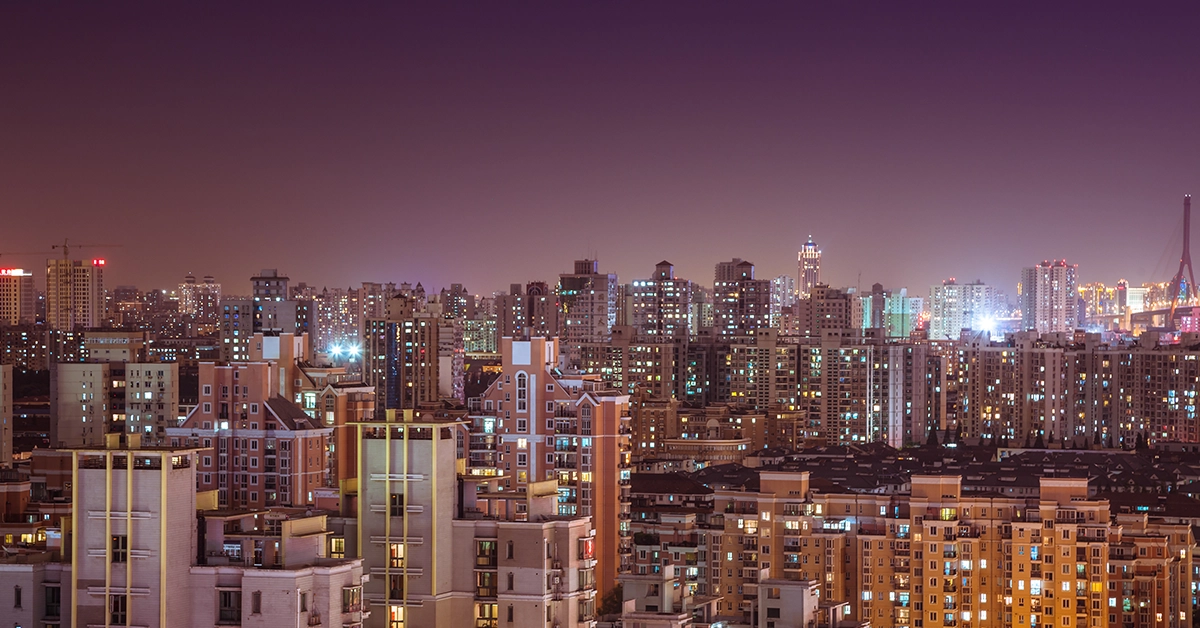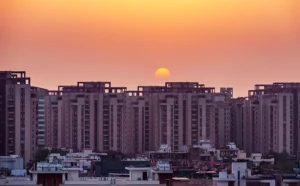Gurgaon, the bustling cosmopolitan city in the heart of Haryana, has undergone a remarkable transformation over the years. From being known primarily for its industrial landscape, Gurgaon has emerged as a hub for luxurious living, offering an array of opulent residential projects that redefine modern living.
Table of Contents
Luxury Projects in Gurgaon
Gurgaon’s skyline has witnessed a dramatic change with the advent of luxury residential projects. From sleek condominiums to expansive villas, these projects have set new benchmarks for contemporary living. Areas like Golf Course Road, Golf Course Extension Road, and Sohna Road have become synonymous with luxurious living, hosting a plethora of premium residential complexes. The demand for upscale living has fueled the growth of luxury projects, attracting homebuyers seeking a sophisticated lifestyle coupled with world-class amenities.
Features of Luxury Projects
Luxury projects in Gurgaon are designed to cater to the discerning tastes of residents who seek exclusivity, comfort, and elegance. Some key features and amenities that define these projects include:
Spacious Interiors: Large, well-designed living spaces that exude luxury and comfort.
High-end finishes, fixtures, and premium materials.
Landscaped Gardens: Lush greenery and well-maintained gardens create a serene environment. Beautifully landscaped outdoor spaces for residents to unwind.
State-of-the-Art Security Systems: Advanced security systems ensure the safety and well-being of residents. 24/7 surveillance, manned gates, and secure access points.
Clubhouses and Recreational Facilities: Expansive clubhouses equipped with fitness centres, spa facilities, and indoor games. Swimming pools, tennis courts, and other recreational lifestyle options exist.
Smart Home Technology: Integration of smart home systems for enhanced convenience and control. Home automation features for lighting, temperature, and security.
Concierge Services: Dedicated concierge services to assist residents with various needs.
Valet parking, housekeeping, and other personalized services.
The Future of Luxury Projects in Gurgaon
The future of luxury real estate in Gurgaon is promising, with developers constantly innovating to meet the evolving needs of the discerning clientele. The city’s strategic location, proximity to corporate hubs, and excellent infrastructure contribute to the sustained growth of the luxury housing sector. As the demand for sophisticated living spaces continues to rise, Gurgaon is poised to witness the development of even more upscale projects that redefine the standards of luxury living.
Ganga Realty: A new definition of purity
In the realm of luxury real estate in Gurgaon, one name that stands out is Ganga Realty. With the tagline “Life is Pure,” Ganga Realty sets itself apart by bringing purity to the lives of its residents through opulent amenities and meticulously designed spaces. Let’s explore what makes Ganga Realty a symbol of pure living:
Opulent Amenities
Ganga Realty integrates opulence into every aspect of its projects. State-of-the-art fitness centres, spa facilities, and wellness zones for residents.
Expansive Clubhouses: The heart of Ganga Realty projects is its expansive clubhouses.
A hub of social activities and recreational facilities to foster a sense of community.
Greenery Within the Property: Ganga Realty emphasizes the importance of green spaces within its projects. Beautifully landscaped gardens and parks create a harmonious living environment.
Luxurious Residences: Impeccably designed interiors with a focus on comfort and aesthetics.
Innovative Architecture: Ganga Realty projects showcase innovative and contemporary architectural designs.
Conclusion
In conclusion, luxury projects in Gurgaon have redefined the concept of modern living, offering residents a lifestyle characterized by comfort, elegance, and exclusivity. Ganga Realty, with its tagline “Life is Pure,” epitomizes this commitment to purity through opulent amenities, expansive clubhouses, and greenery within its properties. As Gurgaon continues to flourish as a luxury real estate destination, Ganga Realty stands as a beacon of pure living, symbolizing the epitome of luxury in the heart of Haryana. Life in Gurgaon’s luxury projects truly is pure, promising residents a harmonious blend of sophistication and tranquillity.








